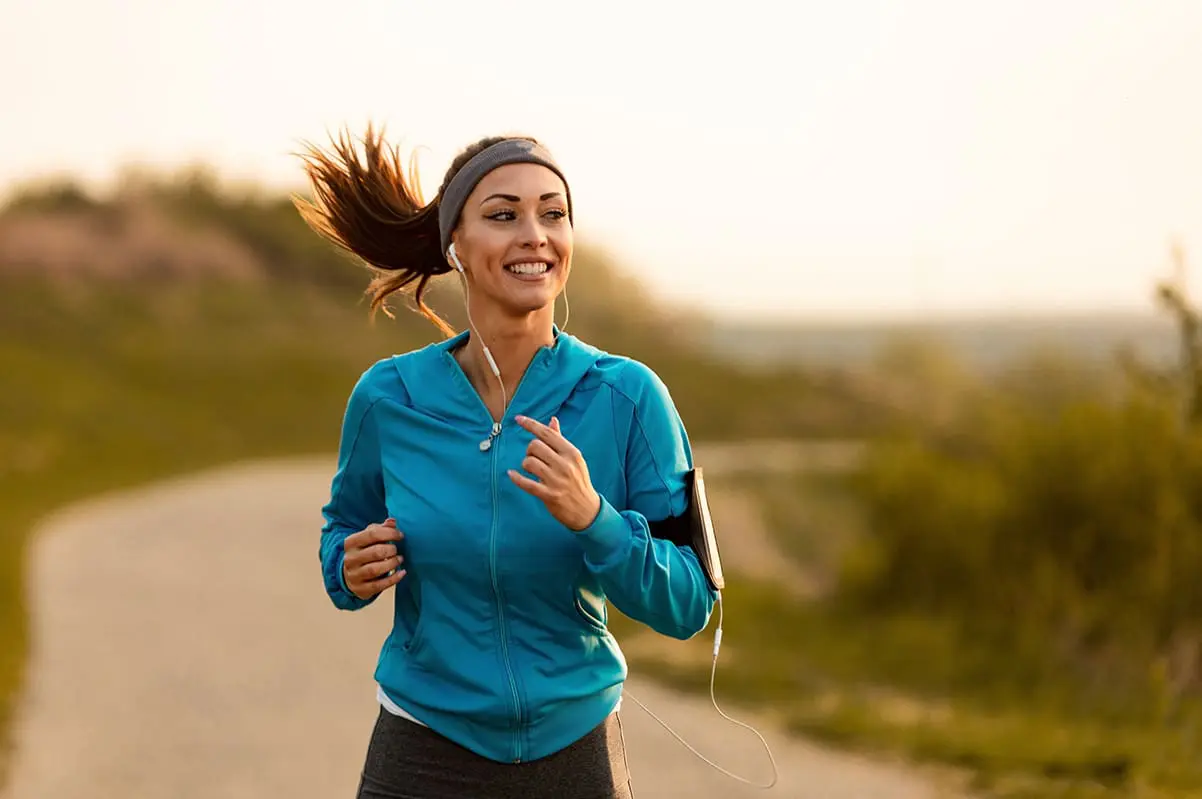Why Runners Love Laser Therapy
Guest Blog Post by Perry Nickelston DC, NKT, FMS, SFMA
For so many, running is more than exercise – running is freedom. It’s an emotional and physical triumph for the human body. There is nothing else like it. Human beings were born to run. In fact, we are designed for it: large glutes for optimal power output in the hip and a magnificent foot that can stabilize ground reaction forces.
Running Into Problems
However, this advantage comes with risks. Injury to the hip, ankle, lower back and knee are rampant. Why? Just because we are designed to run doesn’t mean we do it well – most often it’s dysfunctional. We also sit more than we run, and you can’t make up for lack of movement all day long with one hour of running. It just won’t add up.
There’s also a lot of impact moving into the foot and sending forces up through the knee and hip. Up to 7x your bodyweight is transmitted through each foot strike. Even with proper running mechanics, ground reaction forces cause microtrauma and body parts are going to become overworked, leading to injury.
Fact: if you run, your body is going to hurt somewhere. So what can you do minimize the pain and heal up quickly? This is where the benefits of deep tissue laser therapy come in to play.
Laser Therapy: A Simple Solution
What is laser therapy? It’s the use of infrared light to stimulate the cells of your body via a process called photobiomodulation. This process induces healing, minimizes pain, and reduces inflammation. Physical activity causes inflammation. Prolonged inflammation causes pain. To prevent and recover from pain, you must reduce inflammation.
Runners who try laser therapy absolute love it, and here’s why:
Achilles and Calf Injuries:
Tightness and tendinitis are rampant in these areas. Stretching them doesn’t help for long because there is an underlying inflammation. Laser stimulates deep circulation and reduces inflammation, restoring mobility faster. More mobility means you can go harder, faster, stronger and longer. Using a massage ball applicator also helps reach deep structures that control foot placement.
TFL/ITB Tightness:
80% of the gluteus Maximus attaches into the Tensor Fascia latae. Fascial tensioning in this area can lead to overuse of the iliotibial band, which will torque the knee. Inflammation and restricted gliding in the tissues impacts the force transmission system from the ground to the hip and across the body. Carla Stecco says 40% of muscle force transmission is due to fascia. Application of laser along the hip and thigh increases mobility. The secret is to do both sides, no matter which one hurts. Both legs need to work when running.
Runner’s Knee
The knee is a dependent joint – it only does what the foot will allow and the hip can control. By working the ankle/foot and hip you already positively impact the knee. Application of laser to the medial tendinous attachments of the adductors and in the posterior knee will immensely help recovery. The posterior knee has the popliteus and a major lymphatic drainage point for the lower extremity. If you want to recover faster, your body must be able to remove the metabolic waste via the lymphatic system.
Maximizing Performance, Minimizing Down Time
Laser therapy is an absolute must for injury recovery and healing, but it should also be used pre and post race for improving performance, minimizing muscle fatigue, and reducing injury risk.
Deep tissue laser therapy allows you to treat many areas in a short period of time, so you can treat as often as needed. Pre-race application to the calf, quad, glutes, hamstring and lower back help prepare the tissue for optimal contraction and control, and increased vasodilation catapults your warm up strategy.
Post-race treatment helps recovery and elongation of metabolic waste. You also get a reduction of delayed onset muscle soreness. The faster and more efficiently you recover, the quicker you can get back to your training. The more you can train with proper movement, the better you become at running. Just make sure you laser the same areas pre and post race – being proactive in these areas can substantially reduce your risk of injury.
Watch the video below to learn how to deliver an effective laser therapy treatment for each of the key problem areas mentioned above:


Comments